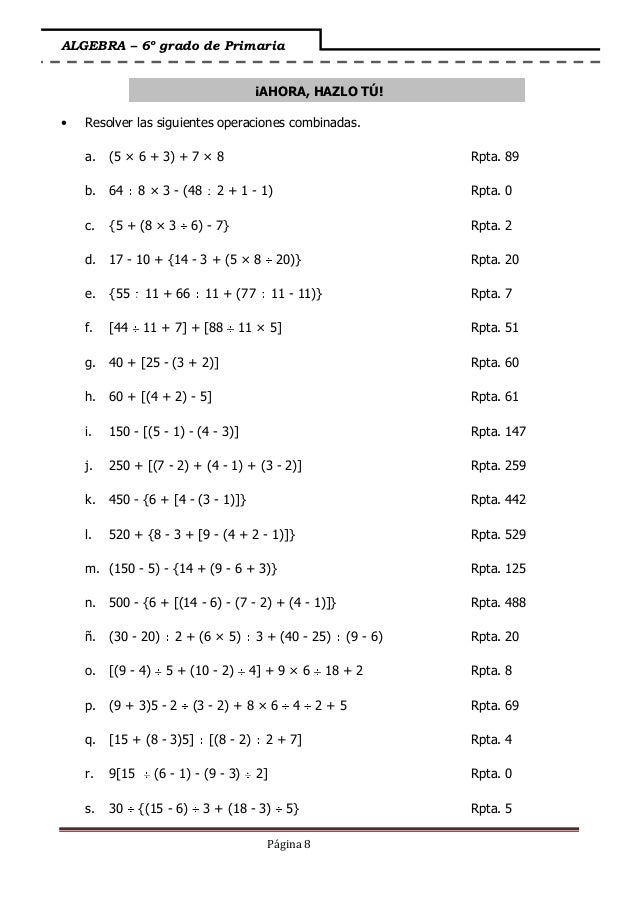Introductory Linear Algebra Bernard Kolman Solutions 8th Edition
Solution Manual Of Linear Algebra By Bernard Kolman 8th Edition Introductory linear algebra student's solutions manual, introductory linear algebra. Find Bernard Kolman solutions at Chegg.com now. Elementary Linear Algebra with Applications 8th Edition. Bernard Kolman: Introductory Linear Algebra.
Description For freshman/sophomore-level courses in Linear Algebra. This book provides an applied introduction to the basic ideas, computational techniques, and applications of linear algebra. The most applied of our basic books in this market, this text has a superb range of problem sets. Calculus is not a prerequisite, although examples and exercises using very basic calculus are included (labeled “Calculus Required.”) The most technology-friendly text on the market, Introductory Linear Algebra is also the most flexible.
By omitting certain sections, instructors can cover the essentials of linear algebra (including eigenvalues and eigenvectors) and introduce applications of linear algebra in a one-semester course. NEW - New sections–Includes An Introduction to Coding, Matrix Transformations, and More on Coding. 119-124, 390-403). Provides students with an enhanced text that introduces geometric applications and coding. Exanded End-of-Chapter Review material- The key ideas section empahsizes the verbal/language aspects of linear algebra. 179-181, 211-213, 371-374). Flexibility- The lengthy Applications are grouped into separate chapters that are quite optional. So this lengthy text collapses to just under 400 pages if the applications chapters aren't assigned.
NEW - More geometry–Adds more figures to increase the geometrical aspects of linear algebra. 52-60).
Gives students a strong emphasis on linear transformations and geometry. NEW - More exercises at all levels. 49-52, 105-107).
Provides students with more opportunities to enhance understanding. NEW - Upgraded MATLAB chapter. (see Chapter 12).
Gives students more modern versions of MATLAB, preparing them for higher-level courses. NEW - Key terms–Added to the end of each section.
Provides students with an increased empahsis on communication skills in mathematics. 165, 178). NEW - New Glossary. A35). Enables students to use this text for reference in the future. Strong, clear presentation of Eigenvalues and Eigenvectors–Defines Eigenvalues in terms of real and complex numbers.
Dennis Kletzing
Provides students with a firm foundation in this important topic. Strong supplement package–Includes a Student Solutions Manual, and an Instructor's Solutions Manual. Any one of the following supplements can be ordered free of charge when shrinkwrapped with the text: Linear Algebra Labs with MATLAB, Visualizing Linear Algebra with Maple, ATLAST Computer Exercises for Linear Algebra, and Understanding Linear Algebra with MATLAB.
Enables students to check their answers to all odd-numbered computational and theoretical exercises, providing enhanced review. Gives instructors valuable course support. Enhanced and reorganized chapters and many new sections—Includes An Introduction to Coding, Matrix Transformations, and More on Coding.
Provides students with an enhanced text that introduces geometric applications and coding. More geometry—More figures increase the geometrical aspects of linear algebra. Gives students a strong emphasis on linear transformations and geometry. More exercises at all levels. Provides students with more opportunities to work problems that enhance understanding. Upgraded MATLAB chapter.
David R. Hill
Gives students more modern versions of MATLAB, preparing them for higher-level courses. Key terms—Added to the end of each section.
Helps students master mathematical vocabulary. Enhanced true/false questions—Students are asked to justify their answers; an additional 25 true/false questions have been added to the Cumulative Review at the end of the first ten chapters. Encourages reading and develops mathematical reasoning. New Glossary.
Enables students to use this text for reference in the future.
Strong pedagogical framework. Provides students with a strong understanding by gradually introducing topics that connect abstract ideas to concrete foundations.
General level of applications–Presents applications that are suited to a more general audience, rather than for a strongly science-oriented one. Enables instructors to use this text for a greater variety of class levels. Comprehensive supplements–Includes a Student Solutions Manual, an Instructor's Solutions Manual, and a Companion Website. Gives both students and instructors valuable course support. Matrix multiplication in a separate section.
Gives students more careful coverage of this topic. Matrix Transformations. Introduces geometric applications at a very early stage. Computer Graphics –Gives an application of matrix transformations. Gives students this application earlier, illustrating the concept more fully. Extends and generalizes for students the concepts of computer graphics.

Correlation Coefficient –Gives an application of dot product to statistics in a new section. Search engines–Includes Section 7.9, Dominant Eigenvalue and Principal Component Analysis, and includes several applications of this material. Discusses for students the popular search engine Google®, and how it uses the dominant eigenvalue of an enormously large matrix to search the web. Eigenvalue development includes the complex case.
Provides a more unified approach. Appendix on an introduction to proofs. Eases students into the abstract aspects of linear algebra.
MATLAB M-files. Gives students the more modern versions of these files. Key terms listed at the end of each section. Chapter review at the end of each chapter–Includes review True/False questions and Chapter Quiz. Answers to odd-numbered exercises–Available in a section at the back of the text. Enables instructors to use text exercises as graded homework assignments.
More exercises at all levels have been added More MATLAB exercises have been added. MATLAB M-files have been upgraded to more modern versions Discussion has been added to the Chapter Review material. Many of these are suitable for writing projects or group activities. More geometric material illustrating the discussions of diagonalization of symmetric matrices and singular value decompositions.
More applications have been added (including application to networks and chemical balance equations) More material on recurrence relations More material discussing the four fundamental subspaces of linear algebra.
Comments are closed.